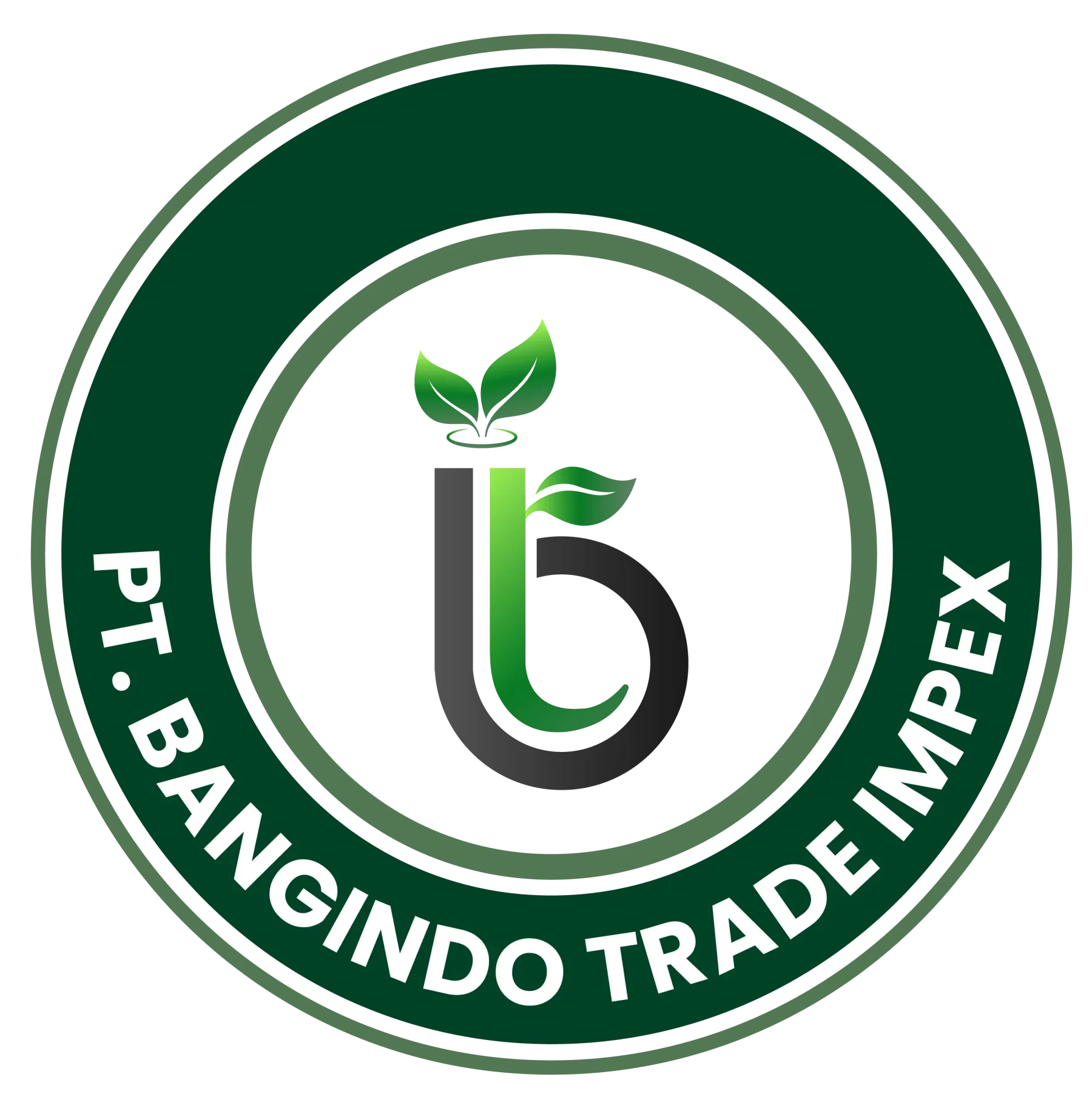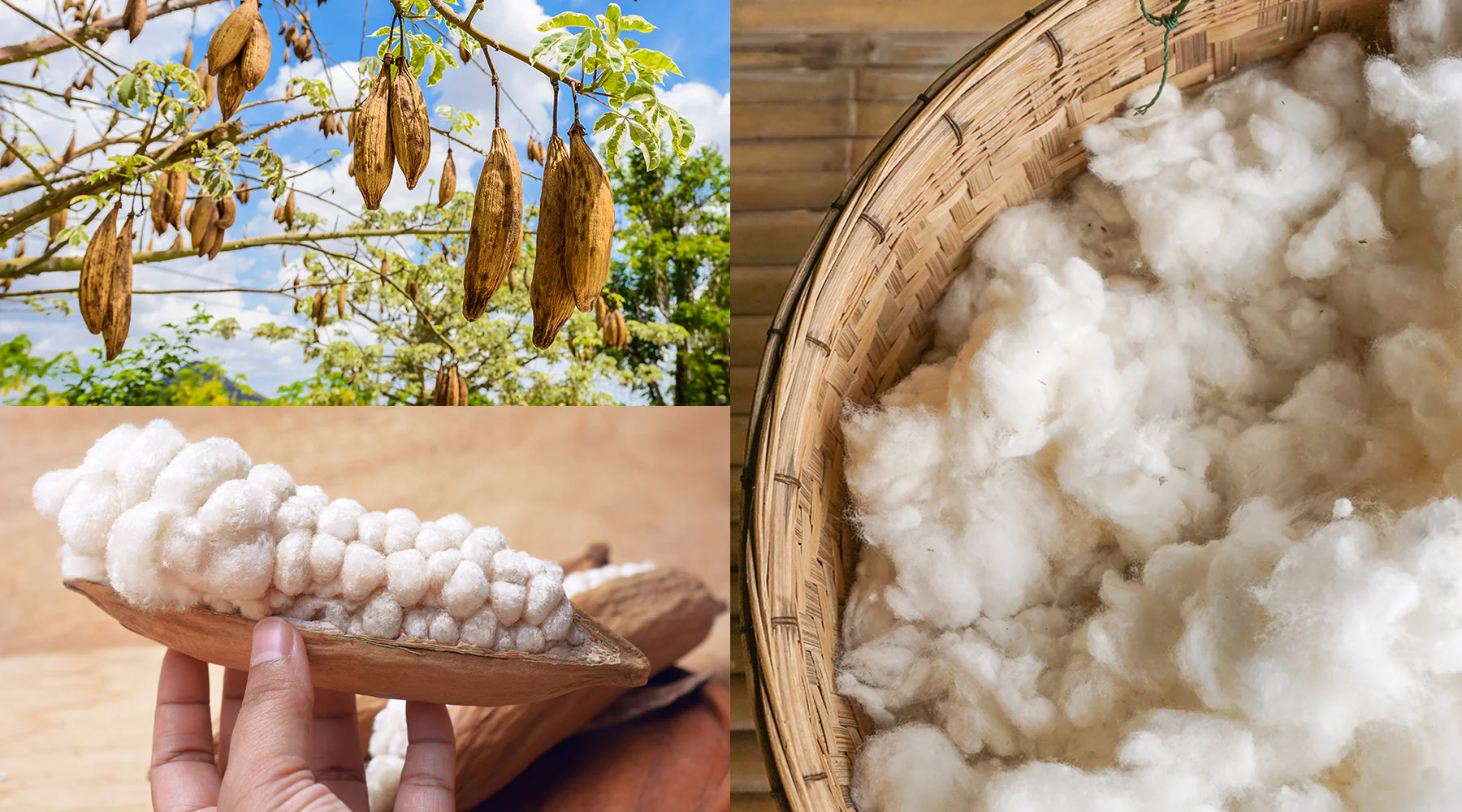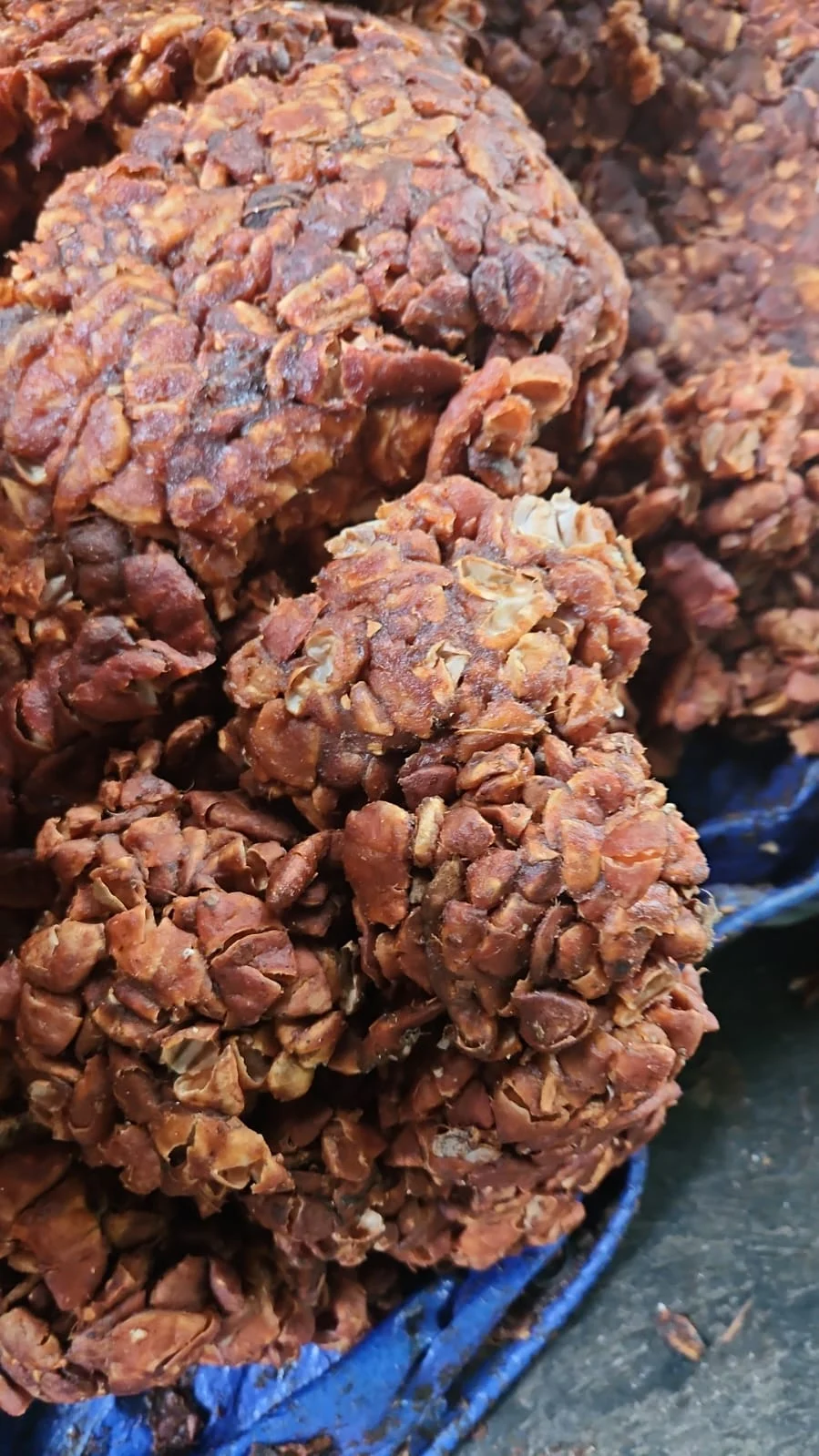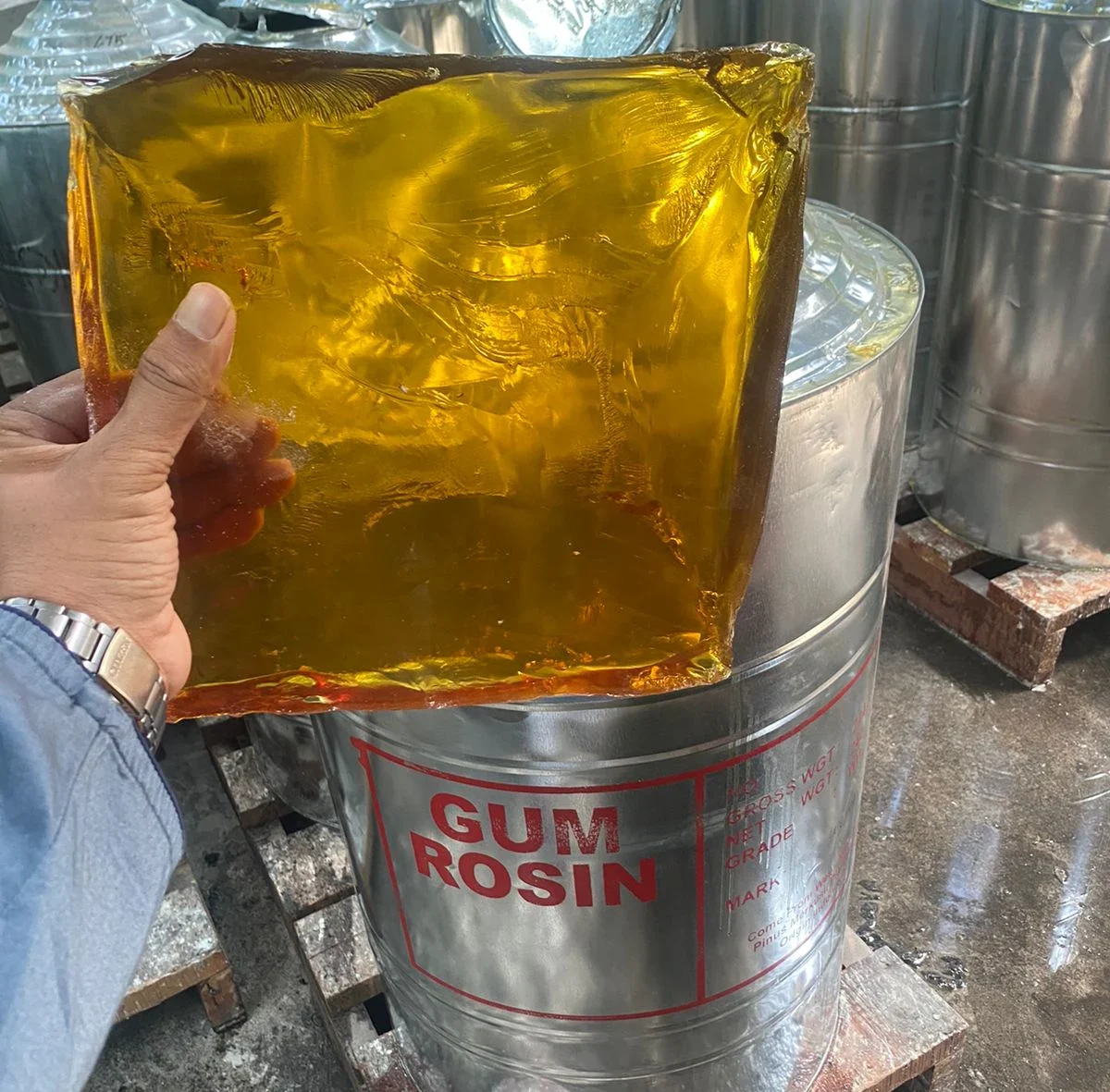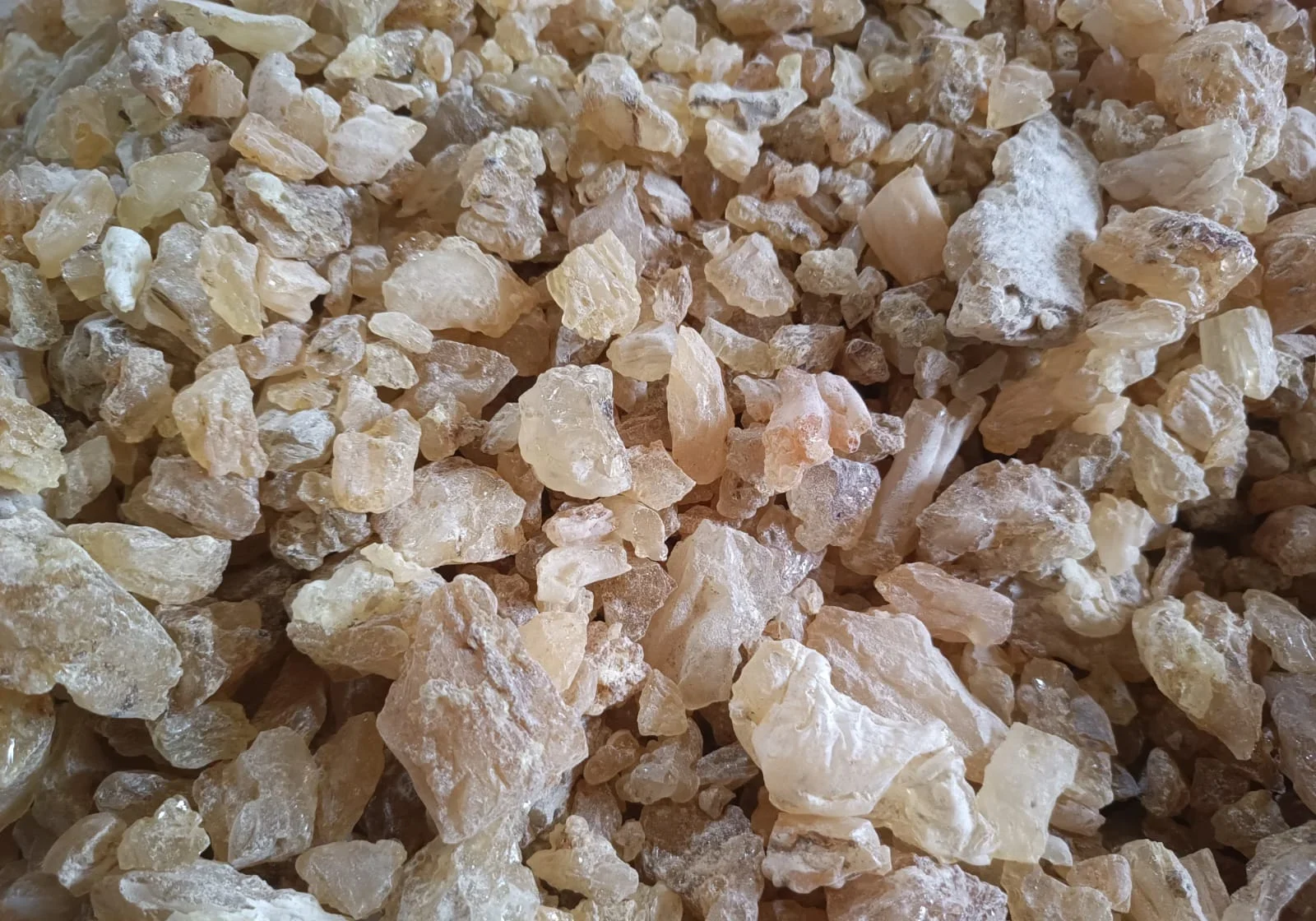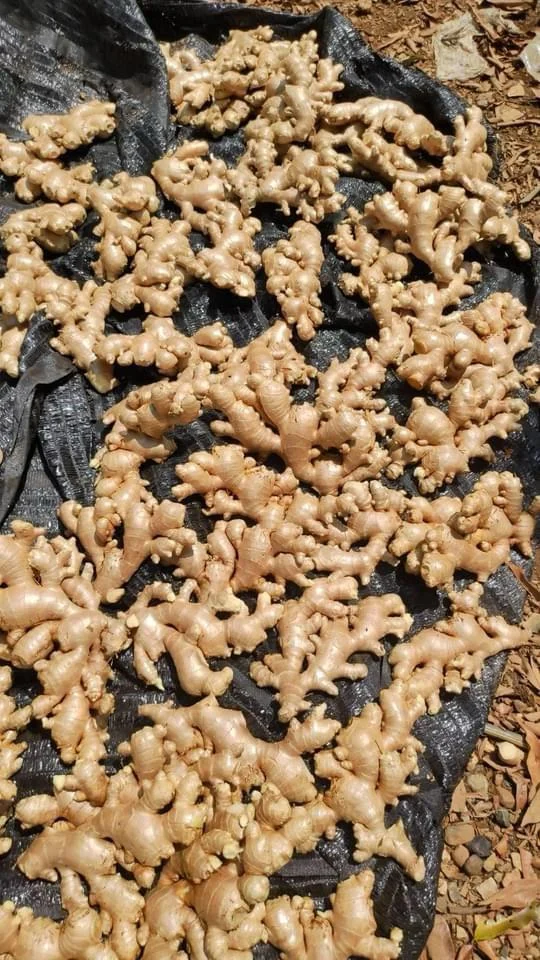Name: Kapok Fiber
Botanical Name: Ceiba Pentandra
Description:
Kapok fiber is a natural fiber, Kapok fiber comes from the seed pods of the kapok tree (Ceiba pentandra), which is also known as the silk-cotton tree. The kapok tree is native to tropical rainforests in Central and South America, Southeast Asia, and West Africa. The kapok tree is a large, deciduous tree that can reach heights of up to 70 meters (230 feet), The fiber is extracted from the fluffy seed hairs that surround the seeds within the large, woody pods of the tree.
Here are some key characteristics and uses of kapok fiber:
- Lightweight and Buoyant: Kapok fibers are incredibly lightweight, making them an ideal choice for various products where weight is a critical factor. The natural buoyancy of kapok makes it particularly useful in applications where flotation is required, such as life jackets and flotation devices.
- Silky and Soft Texture: The fine and silky texture of kapok fiber lends a luxurious feel to products it is incorporated into. This characteristic makes it a popular choice for filling pillows, cushions, and mattresses, providing a comfortable and supportive experience.
- Thermally Insulating: Kapok fibers possess natural thermally insulating properties, offering warmth without excessive weight. This makes kapok-filled products suitable for bedding, outerwear, and sleeping bags, providing insulation without compromising comfort.
- Hypoallergenic: Kapok is naturally hypoallergenic, making it an excellent choice for those with sensitivities or allergies. Its resistance to dust mites and mold adds to its appeal in the creation of bedding and other personal products.
- Biodegradable and Sustainable: Kapok is sourced from the seed pods of the Kapok tree, a fast-growing and resilient species. The cultivation of kapok is environmentally friendly, as it requires minimal water and pesticides. Additionally, kapok fibers are fully biodegradable, contributing to a more sustainable and eco-conscious lifestyle.
Uses: - Bedding Products: Kapok’s light and fluffy nature make it an ideal filling for pillows, duvets, and mattresses, offering a natural alternative to synthetic materials.
- Outdoor Gear: Due to its buoyancy, kapok is commonly used in the production of life jackets, buoys, and other water-resistant outdoor equipment.
- Apparel: Kapok-filled jackets and clothing items provide warmth without the bulk, making them suitable for cold climates without sacrificing comfort.
- Cushions and Upholstery: The silky texture and resilience of kapok fibers make them an excellent choice for cushions and upholstery, adding a touch of luxury to furniture.
- Crafts and Art: Kapok is often used in crafting projects and art installations due to its unique texture and sustainable profile.
Embrace the natural charm and versatility of kapok fiber in your lifestyle choices, and experience the perfect blend of comfort, sustainability, and functionality.
Packing:
Kapok fiber is packed in bales, typically weighing in 20-100kgs.
